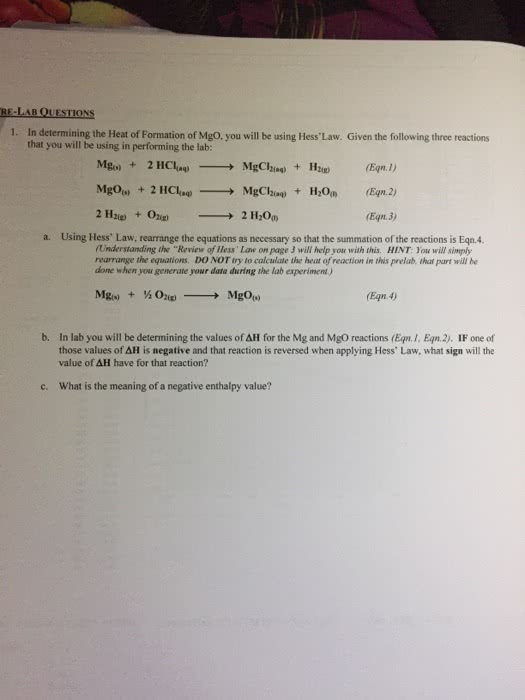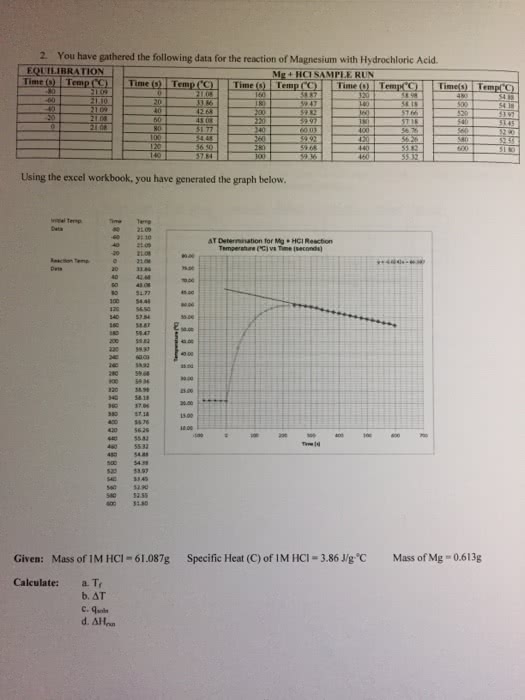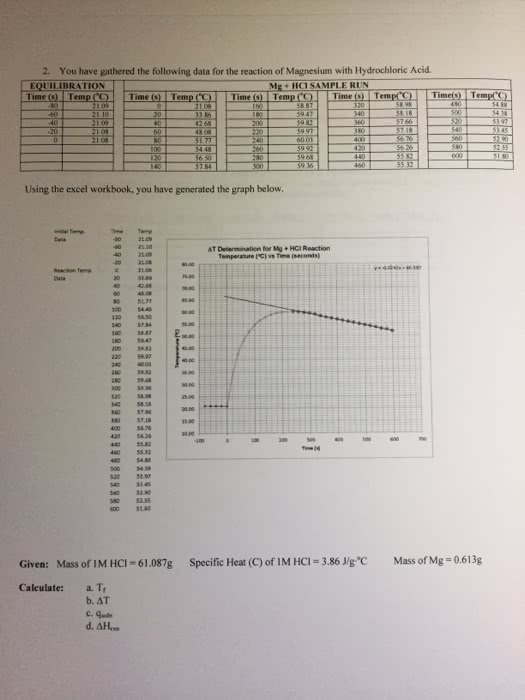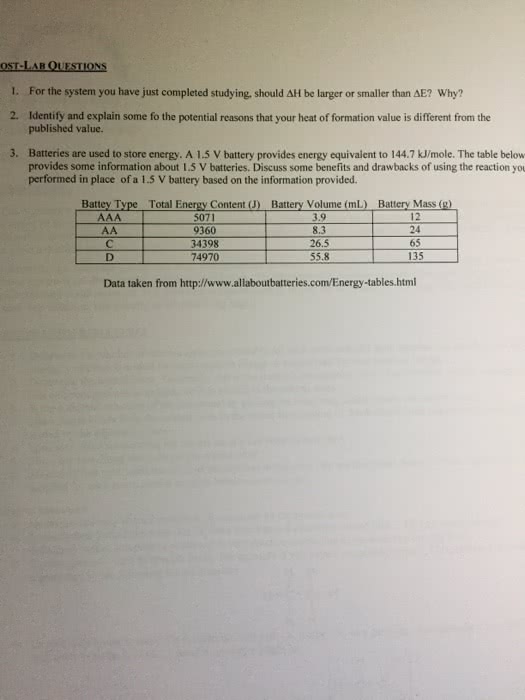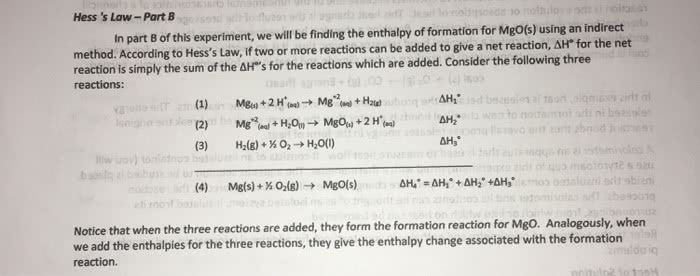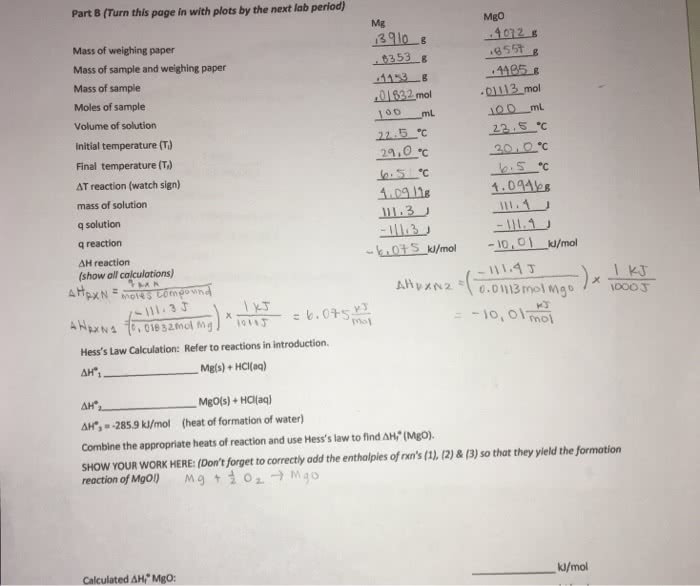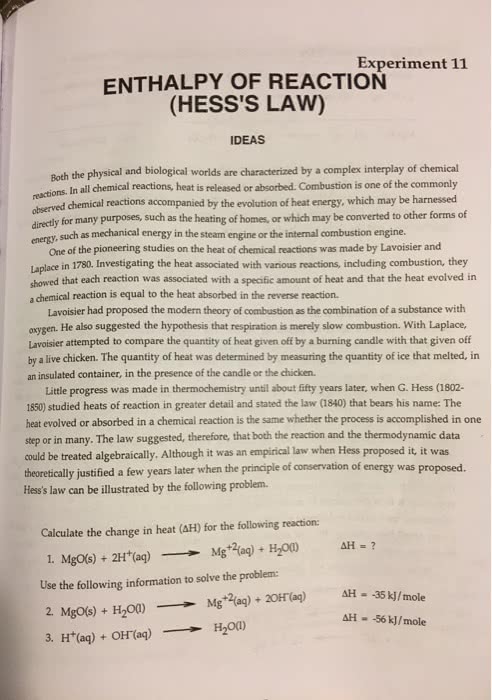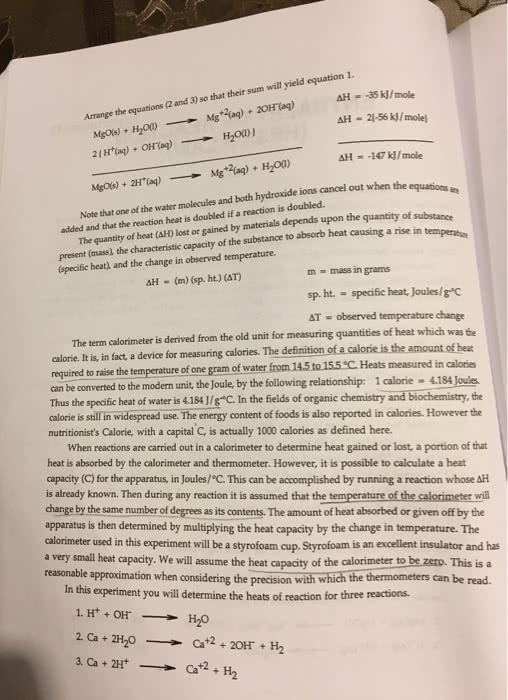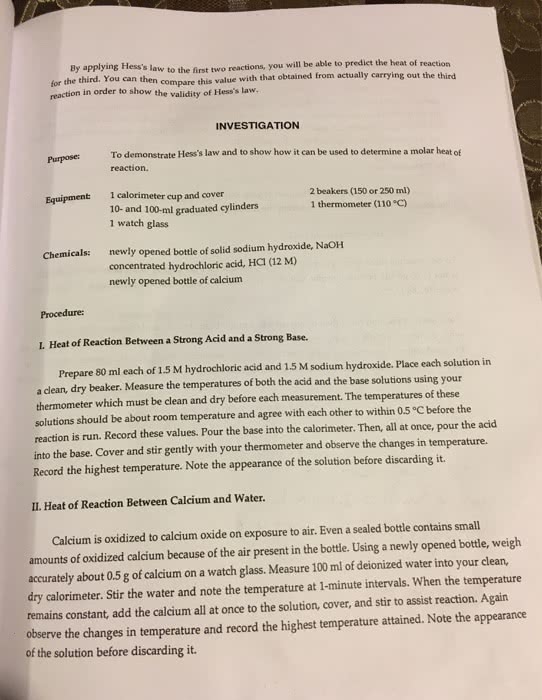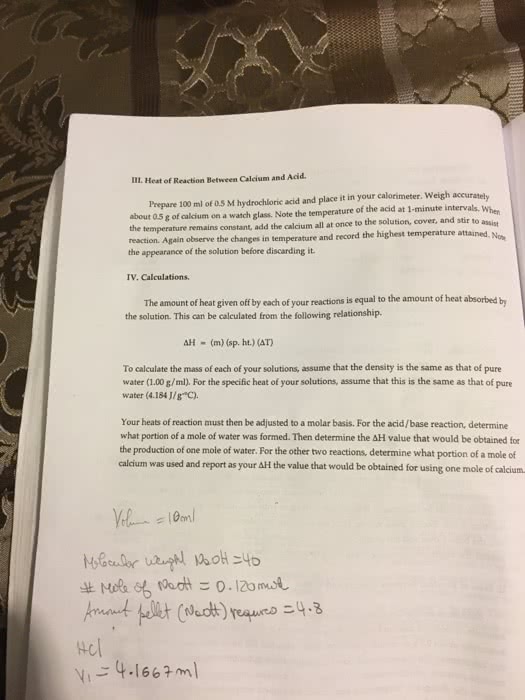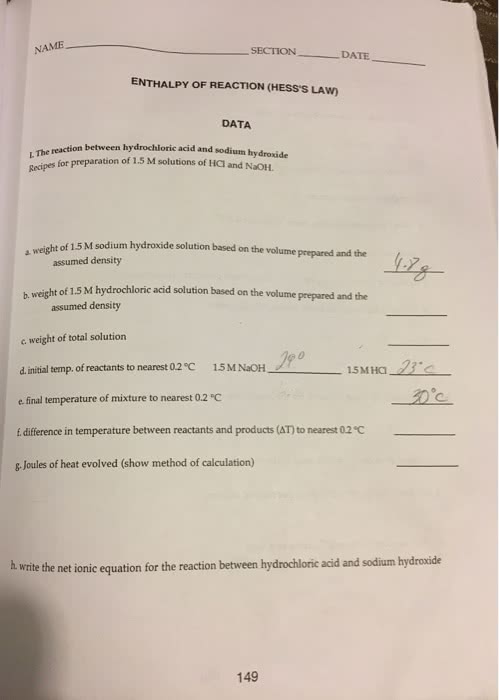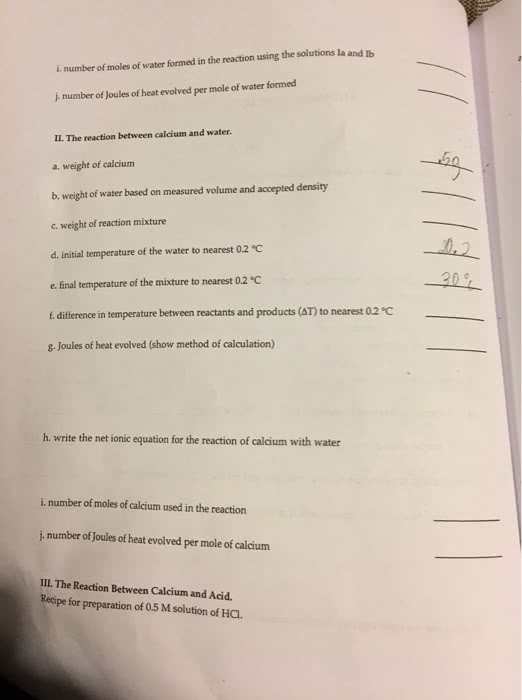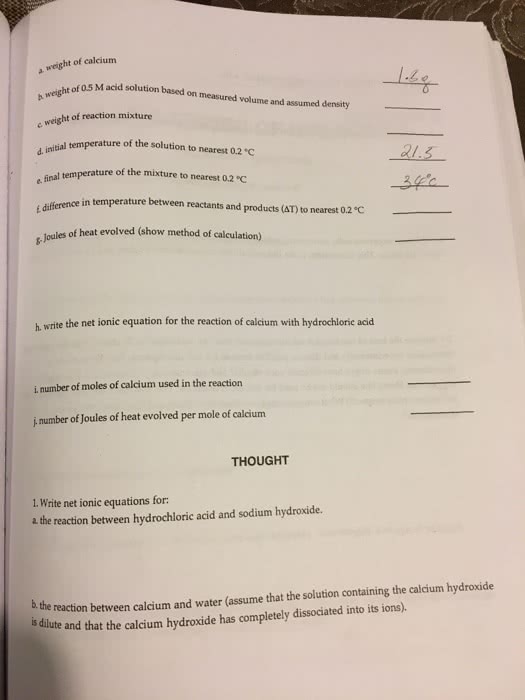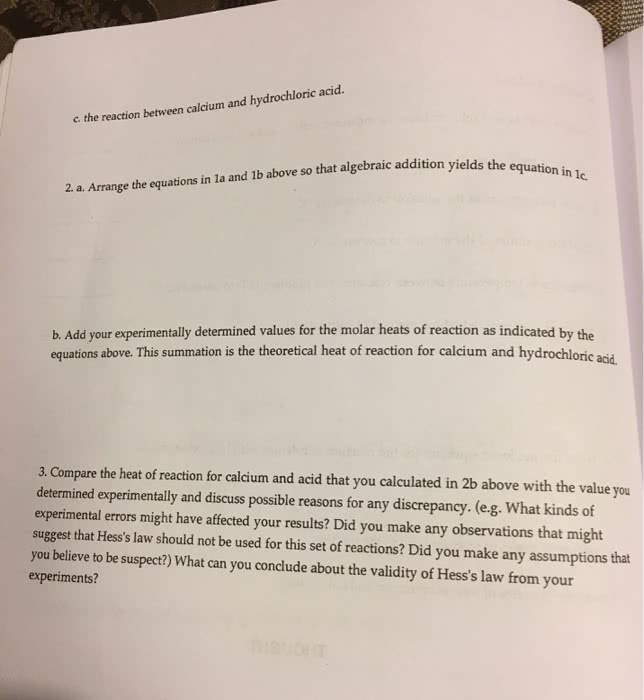Chemistry 1301A/B Lecture Notes - Lecture 18: Bond-Dissociation Energy, Intermolecular Force, Joule
Document Summary
The enthalpy change of a physical or chemical process depends only on the beginning conditions (reactants) and the end conditions (products), and is independent of the pathway of the process. In other words, the enthalpy change for a given reaction under a given set of conditions (generally satp) is always a constant value. Therefore, h can be determined experimentally using hess" law, or can be determined theoretically by applying the principles of the law to a series of pre- determined reactions that will sum to give the target reaction (no experiment required). The following principles must be observed: when an equation is reversed, the sign of h is reversed, when an equation is multiplied by a coefficient, the h is multiplied by that same factor. The individual reactions are manipulated in such a way that their sum will give the overall target reaction, and therefore the corresponding h value.


